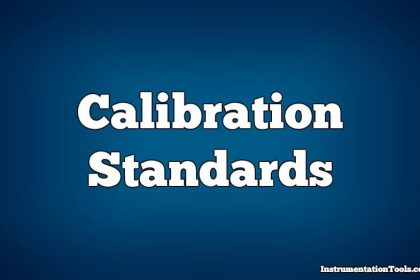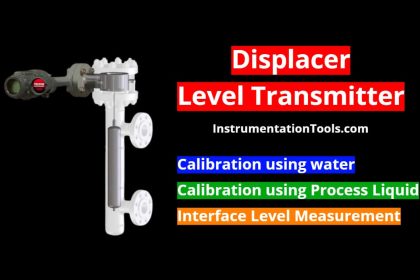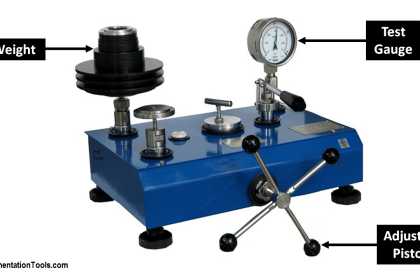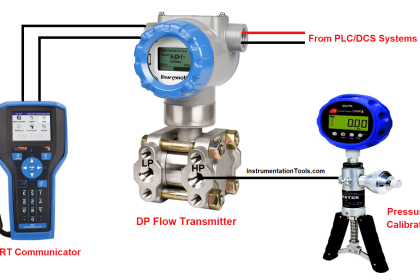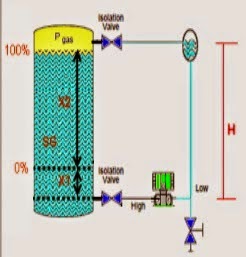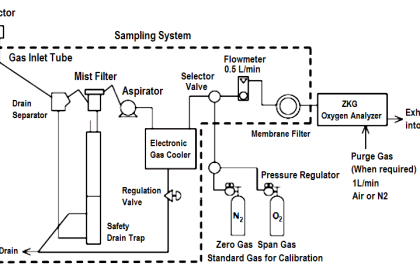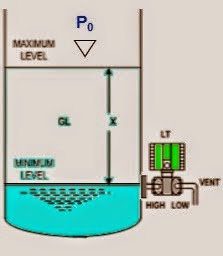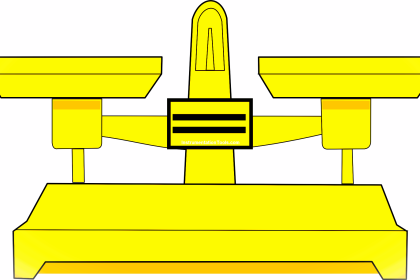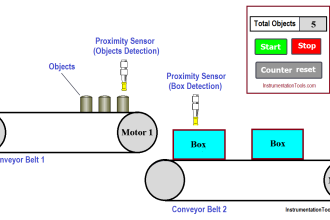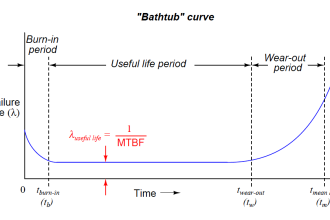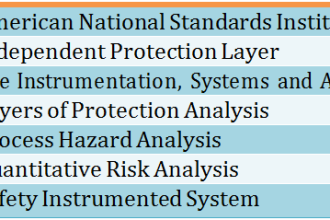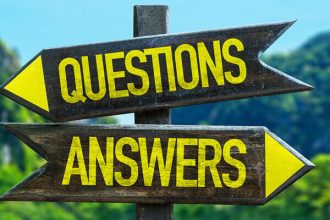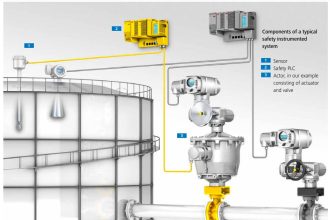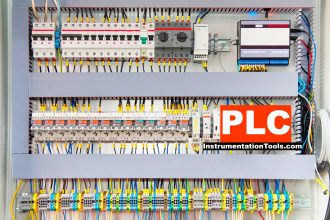Imagine, one day you go to a doctor for checking your blood pressure and after checking your blood pressure with a digital blood pressure monitor or sphygmomanometer, it is found that your blood pressure is high.
So the doctor prescribes medicine for high blood pressure. After a few days, it was observed that the machine itself was not displaying its reading properly. It means all given prescriptions given to patients could be wrong.
Imagine you went to the gold shop for buying gold. And ask for 10 grams of gold. He weighs using a Digital weighing balance and sold it to you. Some customers observed that the weighing balance is displaying the wrong readings.
Imagine the pressure gauge of the boiler is showing the wrong reading and you are standing beside it. It may burst due to high pressure and you never know because of the wrong display on the pressure gauge.
Imagine the temperature monitoring system of the Incubation chamber of babies is showing the wrong temperature. It will cost the lives of babies.
During the Ganesh festival, police uses the instrument sound level meter for measuring noise pollution. If the sound level meter is not calibrated it will show wrong readings and correspondingly wrong measures would be taken.
Calibration plays an important role in quality control of any product.
From the above examples, we can conclude that calibration plays a vital role in the day to day activities.
If an instrument is not calibrated we may suffer loss of our health, money or safety.
If instruments are properly calibrated, we can avoid all the circumstances mentioned above.
Hence, the calibration of instruments plays a important role in our lives.
So next time whenever you go to the market or use any instrument check for its calibration.
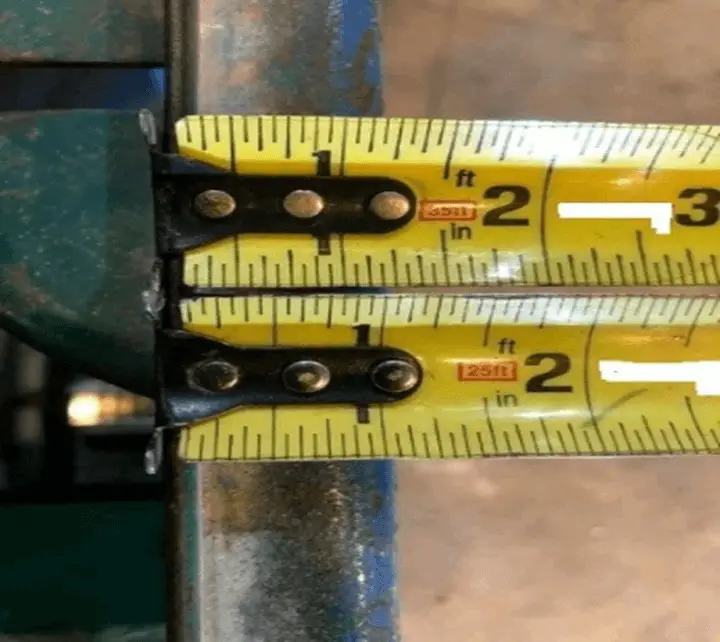
The above picture shows two different markings on the same length scales, if we use wrong scale then it would lead to measurement errors.
If you liked this article, then please subscribe to our YouTube Channel for Instrumentation, Electrical, PLC, and SCADA video tutorials.
You can also follow us on Facebook and Twitter to receive daily updates.
Read Next:
